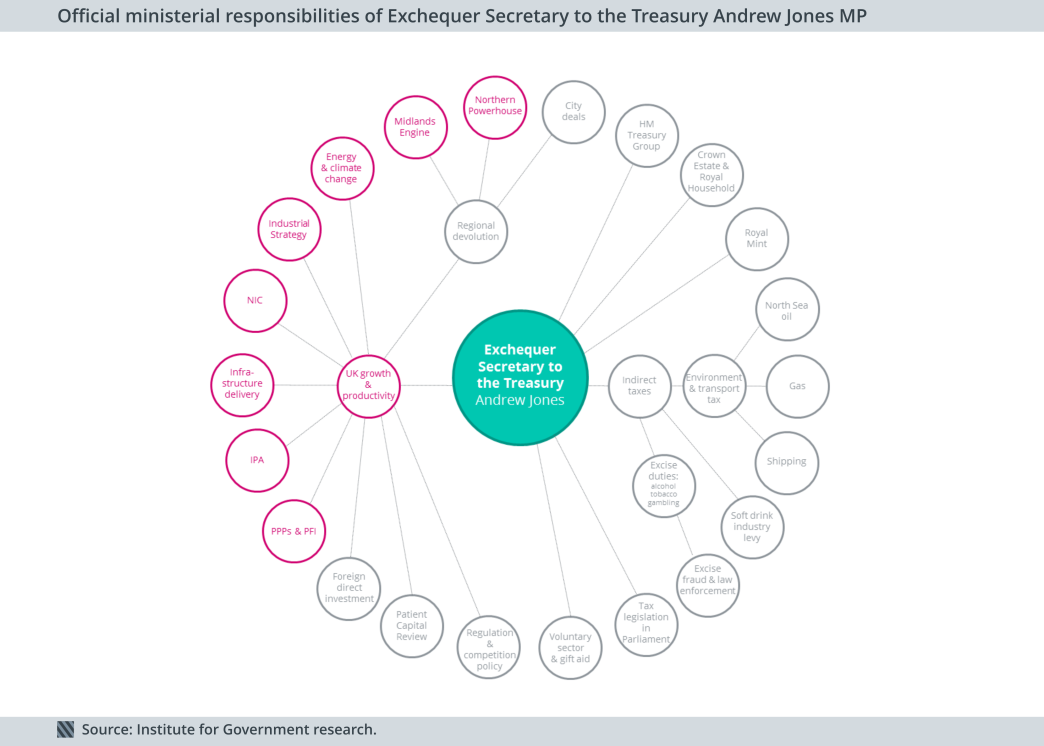Today’s publication of the interim national infrastructure assessment by the National Infrastructure Commission is welcome, but it is only the first step to improving the country’s infrastructure decision making, argues Daniel Slade.
Today the National Infrastructure Commission (NIC) published Congestion, Capacity, Carbon: Priorities for National Infrastructure. Part of its 30-year assessment of the UK’s infrastructure needs, it's an important step from an organisation which should play a central role in making better infrastructure decisions in the UK.
The document, which includes consultation questions on key infrastructure issues, will inform the full National Infrastructure Assessment due to be published next year. If that is to live up to its potential to improve UK decision making, then the following steps are crucial.
1. The National Infrastructure Commission must engage the general public
The NIC is doing an effective job of building its credibility and communicating with stakeholders from across academia, industry and government. However, credibility with the general public is crucial to the NIC’s longevity and impact with government.
A key element of this will be ensuring it is not perceived to be biased towards particular areas of the country – particularly in the context of current debates about disparities in regional investment. The interim report’s overall tone, its launch event in Birmingham and the attendance of five of the country’s seven metro mayors, are all positive signs that the NIC is taking this seriously.
The NIC must also ensure people view their recommendations as evidence-based and fair. It will make suggestions that directly impact on people’s lives, and several infrastructure institutions - including the Infrastructure Planning Commission and Regional Development Agencies - were abolished following accusations that they lacked legitimacy. While it's important that the NIC plays an active role in the ongoing national debate about infrastructure, it must be cautious.
Effective communication is crucial. The NIC acknowledges the value of wider public engagement but our research (due to be published in December) suggests there is more to be done. Use of alternative forms of engagement, such as citizens juries and public debates, could be beneficial.
2. Government needs a clear vision for investment
As we argued in our report - what's wrong with infrastructure decision making - the UK lacks a cross-departmental vision for how different types of infrastructure investment will contribute to national objectives, such as rebalancing the economy or boosting productivity. Current strategies are either sector specific, such as the Department for Transport's (DfT) Transport Investment Plan, or relatively vague ‘wish lists’ of projects, such as the Infrastructure and Projects Authority's infrastructure plans and pipelines.
This makes it difficult to prioritise between different potential projects (as different objectives often imply different projects), it reduces certainty for investors and results in unnecessary delays. Next year’s full National Infrastructure Assessment should provide a clear narrative and evidence base that the Government can build on. The Government must not waste this opportunity to develop a clear cross-government strategy for infrastructure.
3. Building an effective cross-government infrastructure strategy will require strong leadership from the centre
Responsibilities for infrastructure and related policy frameworks are spread across at least seven government departments and secretaries of state, with a further 18 ministers of state and parliamentary under-secretaries having responsibility for various overlapping and eclectic parts of policy.
Infrastructure should be a national priority but this is not currently reflected in ministerial responsibilities. Currently, there is no minister who is explicitly responsible for infrastructure policy as a whole. The Exchequer Secretary to the Treasury Andrew Jones MP is the closest we have to such a role, but his responsibilites are stretched across a large number of unrelated policy areas, including the Soft Drinks Industry Levy and Royal Mint.
Responding to the National Infrastructure Assessment and coordinating across departments will require strong leadership from the centre of government – something which may be difficult with the current division of division of labour in the Treasury. It may be productive for the government to loosen up the policy portfolio of the Exchequer Secretary. Alternatively, the responsibility for preparing a national infrastructure strategy could be given to a new or reinstated ministerial position.
These are options we’ll discuss in more detail in a forthcoming report this December that examines how to improve the politics and institutions of infrastructure decision making in the UK.

- Supporting document
- Infrastructure report (final)r.pdf (PDF, 782.47 KB)
- Topic
- Policy making